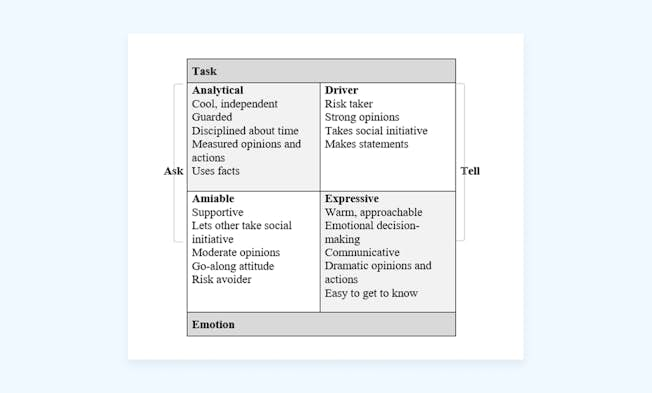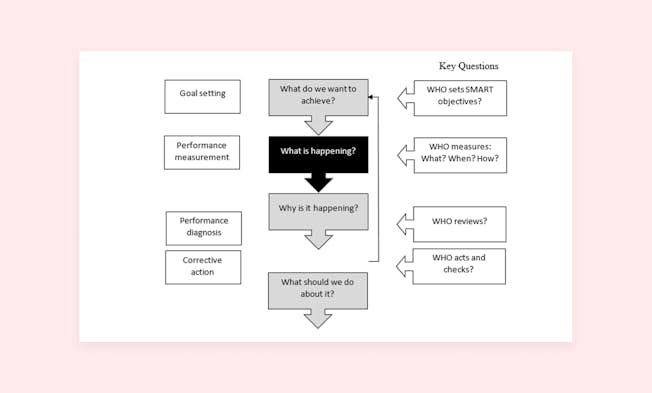How do you build an effective digital marketing strategy? It’s a common question for many businesses. According to a Smart Insights survey, one in two organizations are doing digital marketing, but don’t have a defined strategy. So how will they measure success? How will they know if they have reached their goals?
Let’s start by explaining the difference between a digital marketing ‘strategy’ and ‘plan’, as these are often confused. If we use a sports analogy, the strategy is the game we’re playing – soccer, for example – to get our team working together. The plan will define how we’re going to win, including the tactics we’ll use in different situations.
An example is Burberry, the iconic fashion brand, which was struggling in 2006. Angela Ahrendts took over as CEO and defined three key objectives to turn the company around:
- Strengthen Burberry brand
- Increase sales
- Target Millennials
Ahrendts defined a twofold strategy: to generate digital engagement and to create an online brand experience. The tactics to achieve this were to launch the ‘Art of the Trench’ and to recruit Emma Watson as brand ambassador to attract millennials. This strategy proved successful and Burberry continues to enjoy success.
We’ll use the SOSTAC© model devised by PR Smith to guide our digital marketing strategy and plan.
It stands for:
- Situation analysis
- Objectives
- Strategy
- Tactics
- Action
- Control
The first three areas help define the strategy, while the latter three help us to put the plan together.
1. Situation Analysis
The situation analysis determines where you are now. It includes both internal analysis on the organization and external analysis on market conditions and competitors. Some of the key frameworks for helping with this analysis are:
- SWOT analysis to identify strengths and weaknesses of the organization, as well as external opportunities and threats;
- PESTLE – political, economic, social, technological, legal and environmental factors that influence the business environment.
In addition, a comprehensive analysis of competitor activity needs to be conducted, covering areas such as:
- Who is actively competing in the market?
- What are your key differentiators versus their offering?
Customer research is another key component of the situation analysis. This should identify your key target audience – the people who are likely to buy your product – and what their motivations and areas of interest are. Understanding your current and potential customers will help you to be strategic when targeting them with communications.
2. Objectives
Objectives should be SMART – specific, measurable, achievable, realistic and time-related. You may define both long- and short-term objectives that you wish to achieve within your digital marketing strategy. They determine where you want to go, and success will be measured against these objectives. Some examples of objectives may focus on the following areas:
- Sales growth – through wider distribution, broader product range, premium or discounted price, or increased brand awareness
- Adding value – through improved customer service, or exclusive offers to create additional benefit for buying online
- Understanding customers by tracking their behavior, and engaging with them to understand their needs and motivations – as well as barriers and pain points – when purchasing
- Reducing costs to offer better value to customers and generate extra sales
- ‘Wow factor’ – offering online customers something unique in their online engagement that cannot be achieved elsewhere
3. Strategy
The strategy defines how you are going to achieve your objectives, without going into specific detail of the tactics that will be included in the action plan. In the earlier example of Burberry, the strategy was to create digital engagement and online brand experience.
Strategy is often the most difficult area for businesses to define, as they confuse it with tactics. A useful analogy is to think of an umbrella as the strategy and each of the spokes as tactics. The umbrella strategy sits over all of the tactics and is the overarching guide as to whether or not tactics fit.
Another example is Intel’s strategy to be a leader in technology breakthroughs. It achieves this by developing technologies, products and initiatives to continually advance how people work and live. One of its tactics to achieve this strategy is to target Generation Y by associating Intel with innovation in music, art and lifestyle, using social media to leverage offline real events.
Having worked through the situation analysis, setting objectives and defining strategy, you should now have a clear picture of what you want to achieve for your organization. The second part of the SOSTAC© model focuses on the plan to deliver on your strategy.
4. Tactics
The tactics tend to be short-term and flexible, depending on the outcome. At this stage, you need to decide which tools you are going to use, how you’re going to use them and in what order to deliver on your strategy. Attitudes and style of target should influence tactic selection and messaging.

The above table illustrates the four categories of social styles which people fall into: analytical, amiable, driver and expressive.
These provide information on how people will communicate – people will generally engage better with those in their own group or the adjacent group (so, amiable people will get on best with expressive people) but are likely to clash with those in the diagonal group (amiable will clash with driver).
It is very difficult to engage people from all four groups with a single channel – thus, competing groups should be targeted through different channels.
5. Action
For each tactic, you need to define an action plan including the key tasks allocated to specific people with specific timeframes. You may use a project management framework to manage the action plan, using tools such as Gantt charts, critical path analysis and flow charts.
The action stage also requires an assessment of risk – what might go wrong and what to do to fix any issues. It is advisable to create contingency plans to manage the highest impact and most probable risks.
Below is an example of a detailed action plan outlining key milestones and dates. Owners should also be established for each tactic.

6. Control
Control is monitoring whether your objectives are being achieved and taking corrective action as required during campaigns.
Summary of the Control Process for E-marketing Planning

The above diagram from ‘Emarketing Excellence’ by Dave Chaffey gives a clear summary of the control process. Control also includes monitoring competitor activity and adjusting your tactics accordingly, if appropriate, and within your overall digital marketing strategy.
Control includes the key measurements of performance versus detailed targets based on objectives and strategy. Some of these key measurements may include sales, enquiries, conversion rates, churn rates, awareness levels, sentiment analysis, engagement levels, social network analysis, customer satisfaction scores, loyalty levels and return on investment (ROI).
Summary
In summary, it is vital for success to devise a comprehensive strategy before embarking on digital marketing. The strategy guides your digital marketing plan. If you’re clear about your overall digital marketing strategy, it is more straightforward to devise an effective plan.
The SOSTAC© model devised by PR Smith provides a useful framework to guide you in devising your digital marketing strategy. The starting point is the situation analysis, which helps you to define where you are now, what competitors are doing, and what your customers’ needs and motivations are.
The second step is setting objectives that are SMART and focus on where you want to go. The third step is defining your strategy to achieve your objectives. The fourth step is listing your tactics, which tend to be short-term and flexible. The fifth step is devising actions for each tactic, including ownership, timing and risk assessment. A Gantt chart is a useful framework at this stage.
The final step is a control process to assess key performance measurements versus targets based on objectives and strategy. Corrective actions may need to be taken to ensure optimum results for your digital marketing campaign.
Upgrade to Power Membership to continue
your access to thousands of articles, toolkits, podcasts, lessons and much much more.
Become a Power Member- Login
- View Courses
- - - -
- Courses
- Resources
- - - -
- My Account
- Change Password
- Logout






